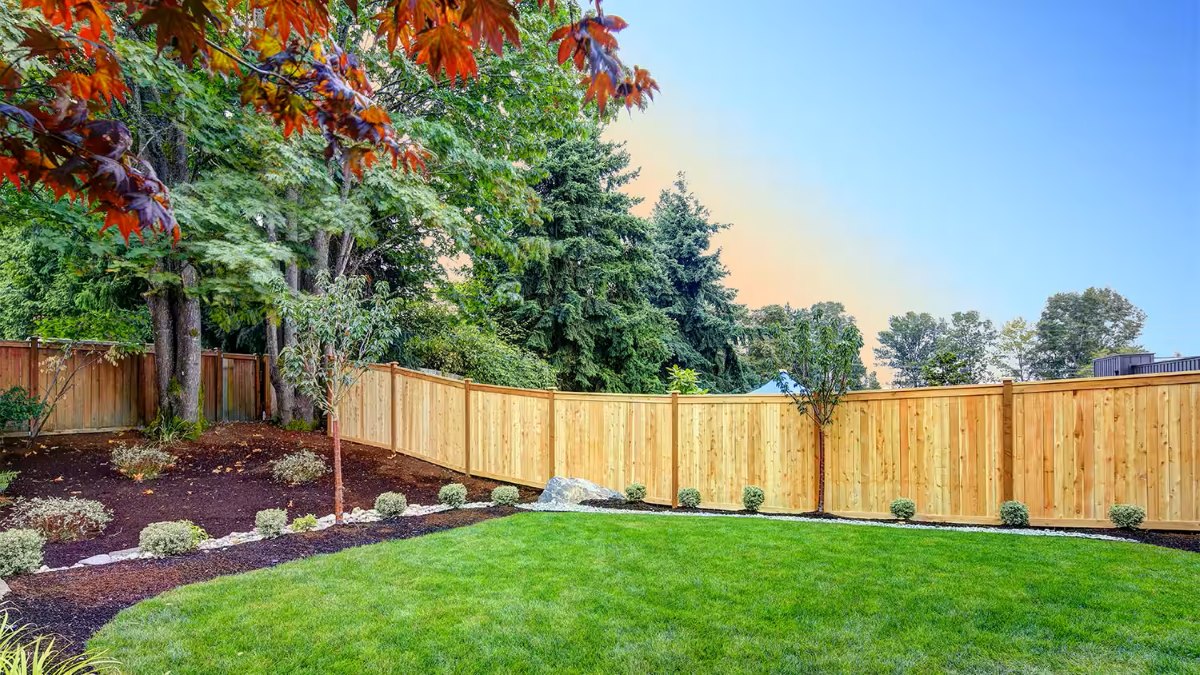

Articles
How To Keep Grass From Growing On Fence Line
Modified: February 1, 2024
Learn effective techniques and methods to prevent grass growth along your fence line with our informative and practical articles. Say goodbye to pesky lawn maintenance issues today!
(Many of the links in this article redirect to a specific reviewed product. Your purchase of these products through affiliate links helps to generate commission for Storables.com, at no extra cost. Learn more)
Introduction
Having a well-maintained and tidy fence line can greatly enhance the overall look and appeal of your property. However, one common issue that many property owners face is the growth of grass along the fence line. Not only can this be unsightly, but it can also make it difficult to properly care for and maintain your fence.
If left untreated, the grass can continue to spread, potentially causing damage to the fence, creating a breeding ground for pests, and making it challenging to keep the area neat and tidy. But don’t fret! In this article, we will discuss effective methods to prevent grass from growing on your fence line, ensuring that your property looks its best.
In order to tackle this issue, it is essential to understand the root causes of the problem and the factors that promote grass growth along the fence line. By identifying these factors, you can implement targeted strategies to prevent grass from taking over.
Additionally, we will explore various solutions and methods to keep your fence line clear of grass, ranging from clearing and preparing the area, installing barriers, using herbicides or weed killers, regular maintenance and monitoring, to natural remedies and alternatives.
By following these recommendations, you will not only improve the appearance and longevity of your fence but also save time and effort in the long run. So, let’s dive in and discover how to keep grass from growing on your fence line!
Key Takeaways:
- Say goodbye to unsightly grass along your fence line! Clear, prepare, and install barriers to prevent growth. Use herbicides or natural remedies, and maintain regularly for a pristine property.
- Keep your fence line grass-free with proactive measures. Clear, prepare, install barriers, use herbicides or natural remedies, and maintain regularly for a beautiful and well-maintained property.
Understanding the Issue
Before we dive into the solutions, it’s important to understand why grass tends to grow along fence lines in the first place. Several factors contribute to this issue:
- Sunlight and Moisture: Fence lines often receive more sunlight and moisture due to less competition from nearby trees or structures. These optimal conditions provide an ideal environment for grass to thrive and spread.
- Seeds and Spores: Grass seeds and spores can be carried by wind, animals, or even through lawn maintenance activities. They can easily settle along the fence line and germinate, leading to the growth of grass.
- Soil Conditions: Fence lines may have soil that is more fertile or conducive to grass growth due to factors such as runoff from neighboring areas or natural soil composition.
- Lack of Air Circulation: The area along the fence line may have limited air circulation, which can result in increased humidity and moisture retention, creating an environment that favors grass growth.
Understanding these factors can help you develop a comprehensive approach to prevent grass from growing along your fence line. By addressing these underlying issues, you can effectively minimize or eliminate grass growth, keeping your fence line clean and well-maintained.
Now that we have a clear understanding of why grass grows along fence lines, let’s move on to explore some practical solutions to combat this problem.
Clearing and Preparing the Fence Line
One of the first steps in preventing grass from growing along the fence line is to clear and prepare the area. Here are some effective methods:
- Trimming and Pruning: Start by trimming any overhanging branches or shrubs that may be blocking sunlight and impeding airflow along the fence line. Prune the vegetation near the fence to create space and reduce shading.
- Remove Existing Grass: If there is already grass growing along the fence line, it’s important to remove it before implementing any preventive measures. Use a shovel or a hoe to carefully dig out the grass, ensuring you remove the roots as well.
- Clear Debris: Clear any debris, such as fallen leaves, twigs, or other organic matter that may accumulate along the fence line. These can become a breeding ground for weeds and encourage the growth of grass.
- Level the Ground: Ensure that the ground along the fence line is level and smooth. Uneven surfaces can collect water and promote grass growth. Fill in any holes or depressions, using soil or gravel, to create a uniform and stable base.
- Create a Barrier: Consider installing a physical barrier along the fence line to prevent grass from encroaching. This can be a plastic or metal edging, buried partially or fully into the ground, acting as a barrier to block the grass from spreading.
By clearing the area and creating a suitable foundation, you are setting the stage for effective grass prevention methods. This step not only removes existing grass but also minimizes the chances of new grass growth along the fence line.
Next, let’s explore how to install a barrier to further prevent grass from growing on your fence line.
Installing a Barrier
Installing a barrier along the fence line is an effective preventive measure to keep grass from growing. Here are some options you can consider:
- Plastic or Metal Edging: Plastic or metal edging can be installed partially or fully into the ground along the fence line. It acts as a physical barrier, preventing grass runners from spreading into the area. Ensure that the edging is buried deep enough to deter grass growth, typically around 6-8 inches.
- Landscape Fabric: Another option is to use landscape fabric, also known as weed barrier, along the fence line. It is a permeable material that allows water to pass through while blocking weed growth. Lay the fabric on cleared and leveled ground, securing it with landscape staples or pins.
- Concrete or Paver Border: For a more permanent solution, consider installing a concrete or paver border along the fence line. This solid barrier creates a clear separation between the grass and the fence, preventing any encroachment. Ensure that the border extends below ground level to deter grass roots from spreading.
When installing a barrier, make sure it is installed in a straight line, following the fence’s contour. Ensure that there are no gaps or openings that grass can penetrate. Regularly check the barrier for any signs of wear or damage, and repair or replace as necessary.
Installing a barrier provides a physical deterrent to grass growth, complementing other preventive measures. However, it’s important to combine it with regular maintenance and monitoring to ensure its effectiveness.
Next, we will explore how to utilize herbicides or weed killers to prevent grass from growing on your fence line.
To keep grass from growing on fence lines, consider installing a barrier like landscape fabric or a shallow trench filled with gravel. This will prevent grass from encroaching on the fence and make maintenance easier.
Using Herbicides or Weed Killers
If grass growth persists along your fence line despite preventive measures, using herbicides or weed killers can be an effective solution. Here are some steps to follow:
- Select the Right Herbicide: Choose an herbicide specifically formulated to target grass and weeds. Read the label carefully to ensure it is safe to use near fences and follow the instructions for application.
- Apply the Herbicide: Use a sprayer or a handheld applicator to apply the herbicide directly to the grass along the fence line. Be careful to avoid spraying the herbicide on desirable plants or vegetation nearby.
- Timing and Weather Conditions: Apply the herbicide when the grass is actively growing to maximize its effectiveness. Choose a day when there is no rain expected for at least 24 hours, as rain can wash away the herbicide and reduce its efficacy.
- Monitor and Retreat: Keep an eye on the treated area and monitor the grass growth. If necessary, retreat the area with the herbicide to ensure complete eradication of any regrowth.
It’s important to note that herbicides and weed killers contain chemicals that can be harmful to the environment if not used properly. Always follow the instructions provided by the manufacturer and take necessary precautions, such as wearing protective gloves and clothes, to minimize exposure.
If you prefer a more natural approach, there are also organic or homemade weed killers available that utilize ingredients like vinegar, salt, or citrus oils. However, it’s important to note that these remedies may not be as strong or long-lasting as commercial herbicides.
Remember to research and choose the method that aligns with your preferences and needs. Additionally, it’s essential to regularly maintain and monitor the treated area to prevent grass from growing back.
In the next section, we will discuss the importance of regular maintenance and monitoring in keeping grass at bay.
Regular Maintenance and Monitoring
Regular maintenance and monitoring are key to preventing grass from growing along the fence line. Here are some practices to incorporate into your routine:
- Mowing: Regularly mow the grass near the fence line to keep it at a manageable height. This helps prevent grass from growing tall and encroaching onto the fence.
- Trimming and Edging: Trim any grass or vegetation that grows close to the fence to maintain a clear boundary. Use a string trimmer or handheld shears to keep the area neat and prevent grass from spreading.
- Weeding: Regularly inspect the fence line for any new grass growth or weeds. Pull out any unwanted grass or weeds by hand or use a weeding tool to remove them at the root level.
- Monitor for Signs of Infestation: Keep an eye out for signs of pests or insects that may be attracting or thriving in the grass along the fence line. Take appropriate measures to address any infestations to prevent further damage.
- Water and Fertilizer Management: Avoid overwatering or excessive fertilization near the fence line, as this can promote grass growth. Follow appropriate watering practices and be mindful of applying fertilizer only where needed.
By regularly maintaining and monitoring the fence line, you can address any potential grass growth quickly and minimize the need for more intensive measures. This proactive approach helps keep your fence line grass-free and enhances the overall aesthetics of your property.
But what if you prefer a more natural approach or want to explore alternative methods? Let’s take a look at some natural remedies and alternatives to prevent grass from growing along the fence line.
Natural Remedies and Alternatives
If you prefer a more eco-friendly or natural approach to prevent grass from growing along the fence line, there are several options available. Here are some natural remedies and alternatives:
- Vinegar: Vinegar is a known natural herbicide that can be effective in killing grass and weeds. Mix equal parts of vinegar and water in a spray bottle, then apply directly to the grass along the fence line. Be cautious as vinegar can also harm desirable plants, so apply carefully.
- Boiling Water: Pouring boiling water directly onto the grass can scorch and kill it. This method is most effective for small patches of grass or for targeting individual blades that are growing close to the fence.
- Mulching: Applying a layer of mulch along the fence line can help suppress grass growth. Use organic mulch such as wood chips, straw, or shredded leaves, which not only helps prevent grass but also adds visual appeal to the area.
- Groundcover Plants: Consider planting low-growing groundcover plants along the fence line. These plants can naturally suppress grass growth by shading and outcompeting it for resources. Opt for varieties like creeping thyme, bugleweed, or creeping juniper.
- Manual Removal: Hand pull any grass or weeds that grow along the fence line as soon as you notice them. This method requires regular maintenance and monitoring, but it avoids the use of chemicals or herbicides.
While natural remedies and alternatives may take longer to achieve desired results compared to chemical herbicides, they provide a more environmentally friendly approach. Combining these natural methods with regular maintenance and monitoring will help keep grass at bay along your fence line.
Before implementing any natural remedies, it’s important to research the specific requirements and considerations for each method. Additionally, be patient and persistent, as natural methods may require consistent application or reapplication for effective results.
Finally, let’s sum up the key points discussed in this article.
Conclusion
Keeping grass from growing along the fence line is a common concern for many property owners. By understanding the underlying causes and implementing preventive measures, you can effectively minimize or eliminate grass growth, ensuring a clean and well-maintained fence line.
Clearing and preparing the fence line by trimming, removing existing grass, and creating a barrier is the first step in preventing grass from encroaching. Installing a physical barrier like plastic or metal edging, landscape fabric, or a concrete border adds an extra layer of protection.
If grass growth persists, using herbicides or weed killers can help eradicate the problem. However, it’s important to choose the right product, apply it correctly, and follow safety precautions to minimize environmental impact.
Regular maintenance and monitoring, such as mowing, trimming, weeding, and pest control, are essential for long-term success in keeping grass at bay. Natural remedies and alternatives like vinegar, boiling water, mulching, groundcover plants, and manual removal offer eco-friendly options for those who prefer a more natural approach.
Remember to choose methods that align with your preferences and needs while considering the environmental impact. Combining different strategies and consistently implementing them will help you maintain a grass-free fence line.
In conclusion, with proper understanding, proactive measures, regular maintenance, and the use of appropriate remedies, you can successfully keep grass from growing along your fence line, enhancing the overall appearance and longevity of your property.
Frequently Asked Questions about How To Keep Grass From Growing On Fence Line
Was this page helpful?
At Storables.com, we guarantee accurate and reliable information. Our content, validated by Expert Board Contributors, is crafted following stringent Editorial Policies. We're committed to providing you with well-researched, expert-backed insights for all your informational needs.
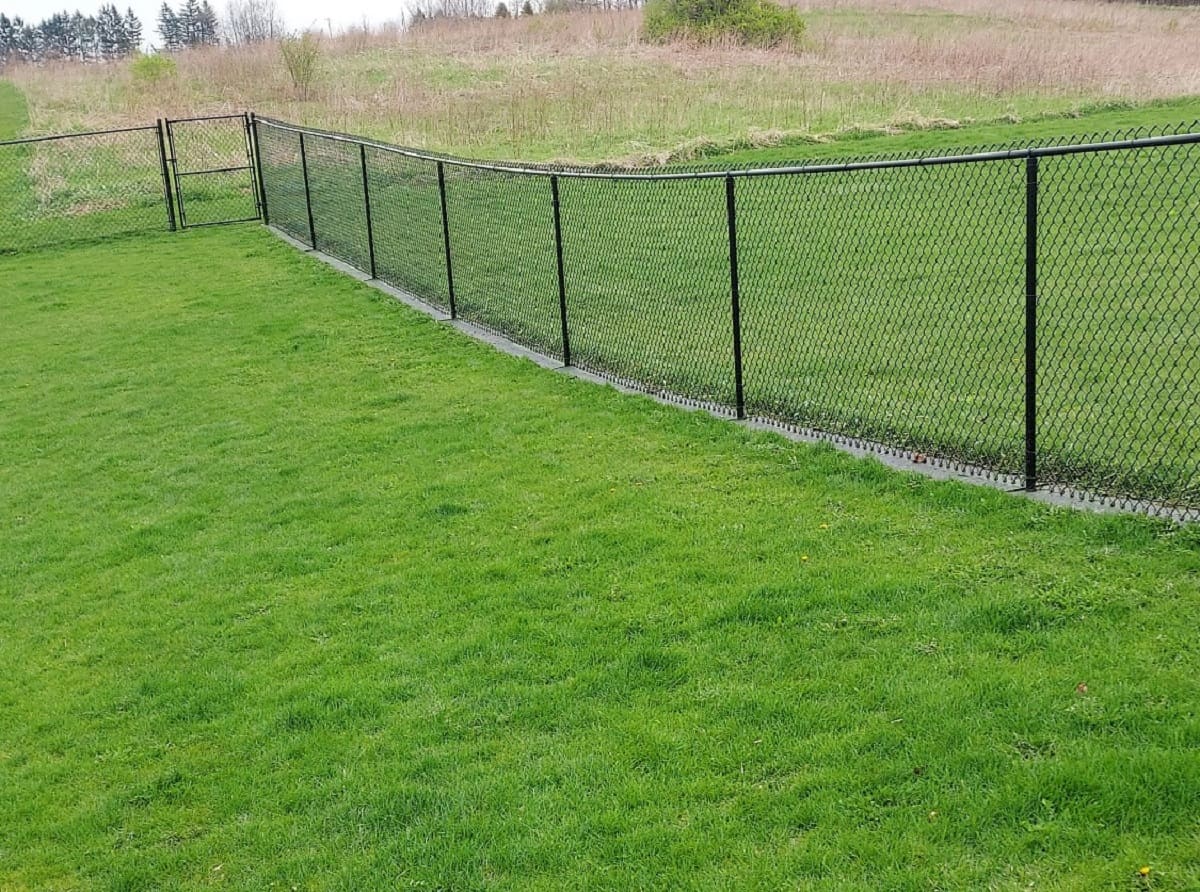
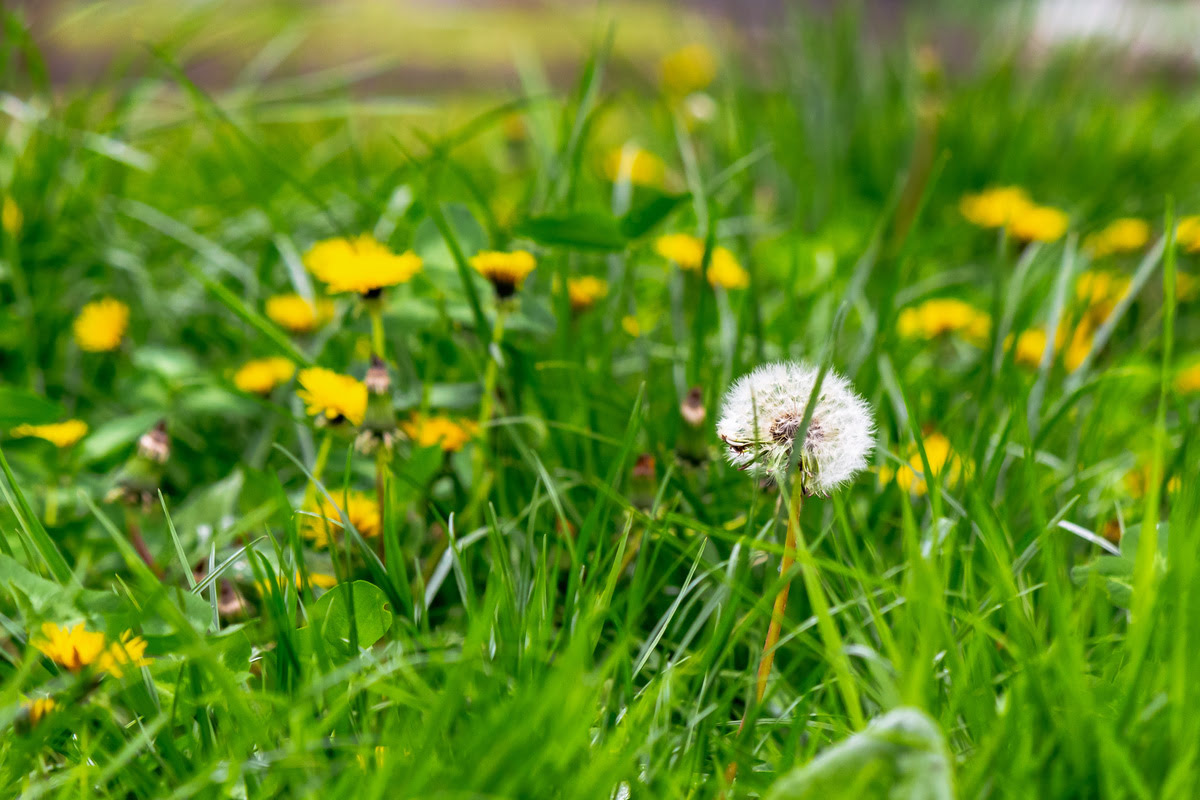


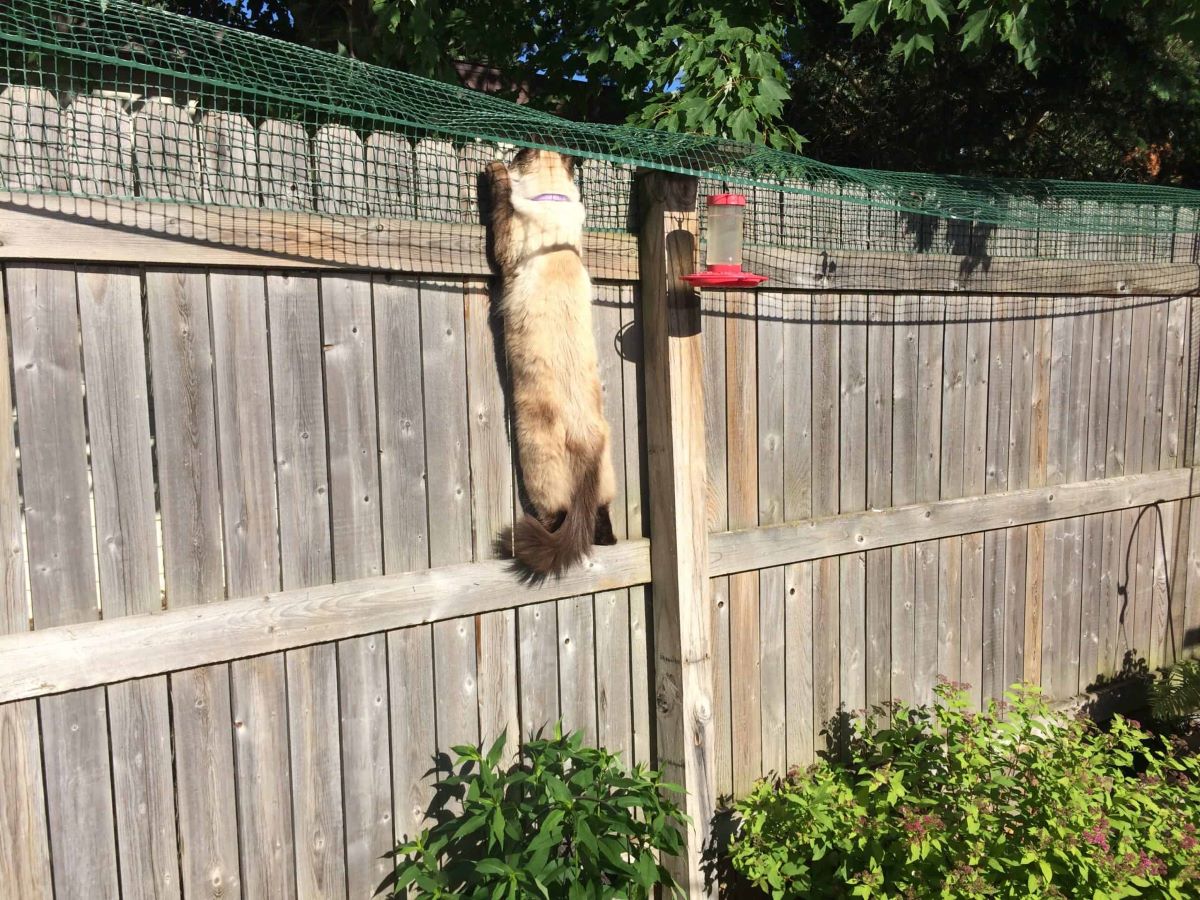
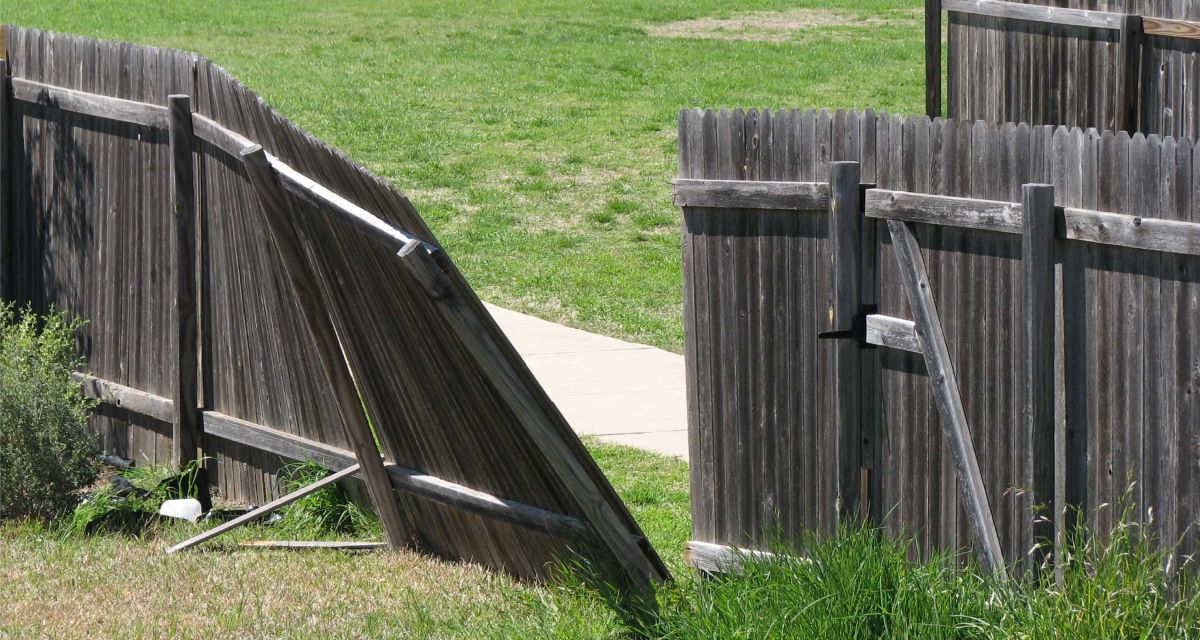

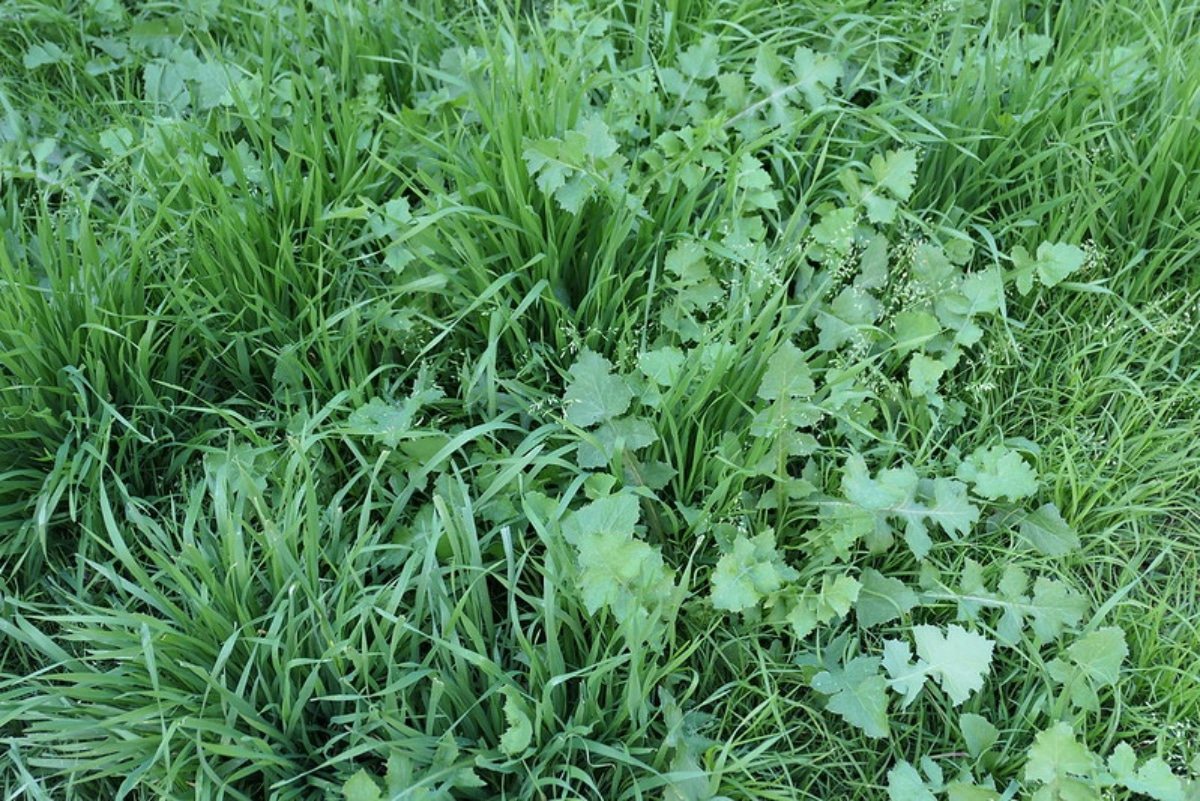

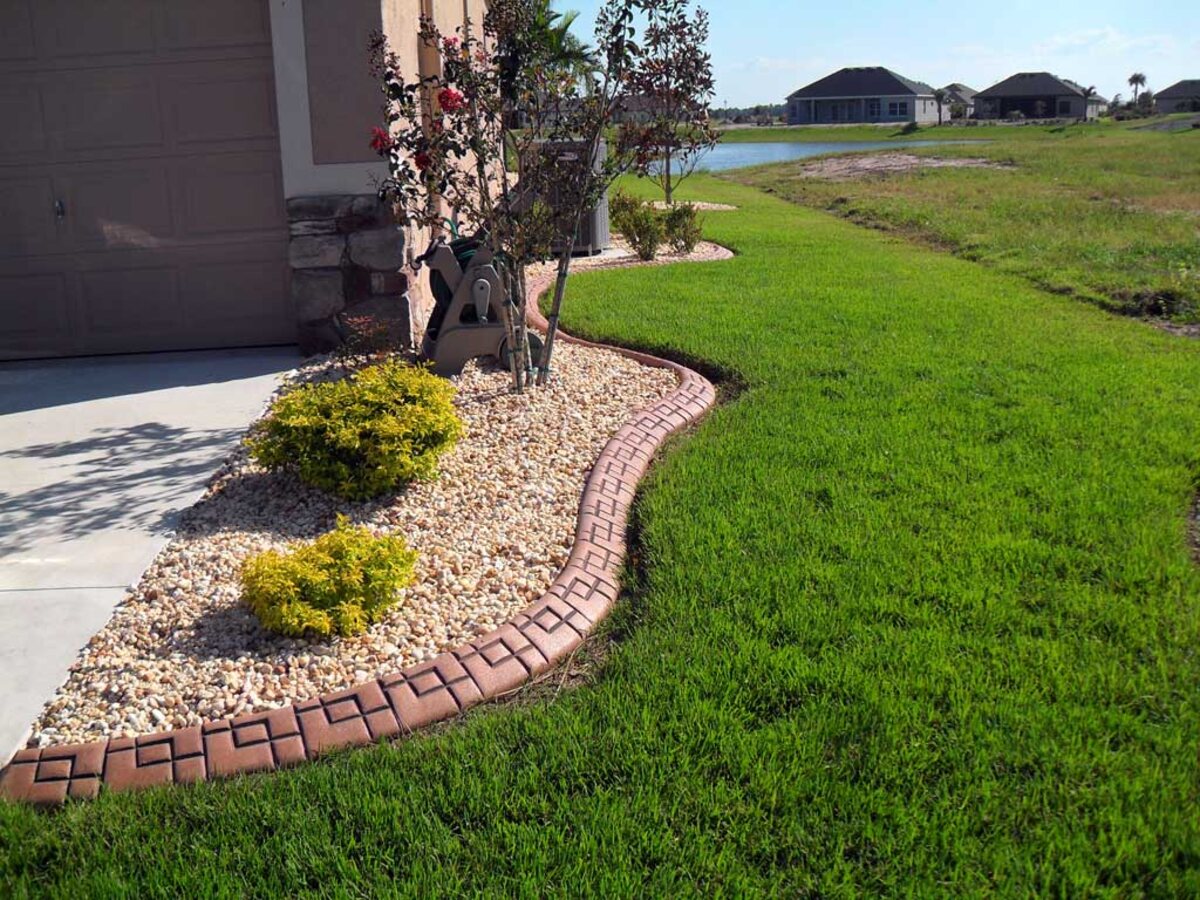
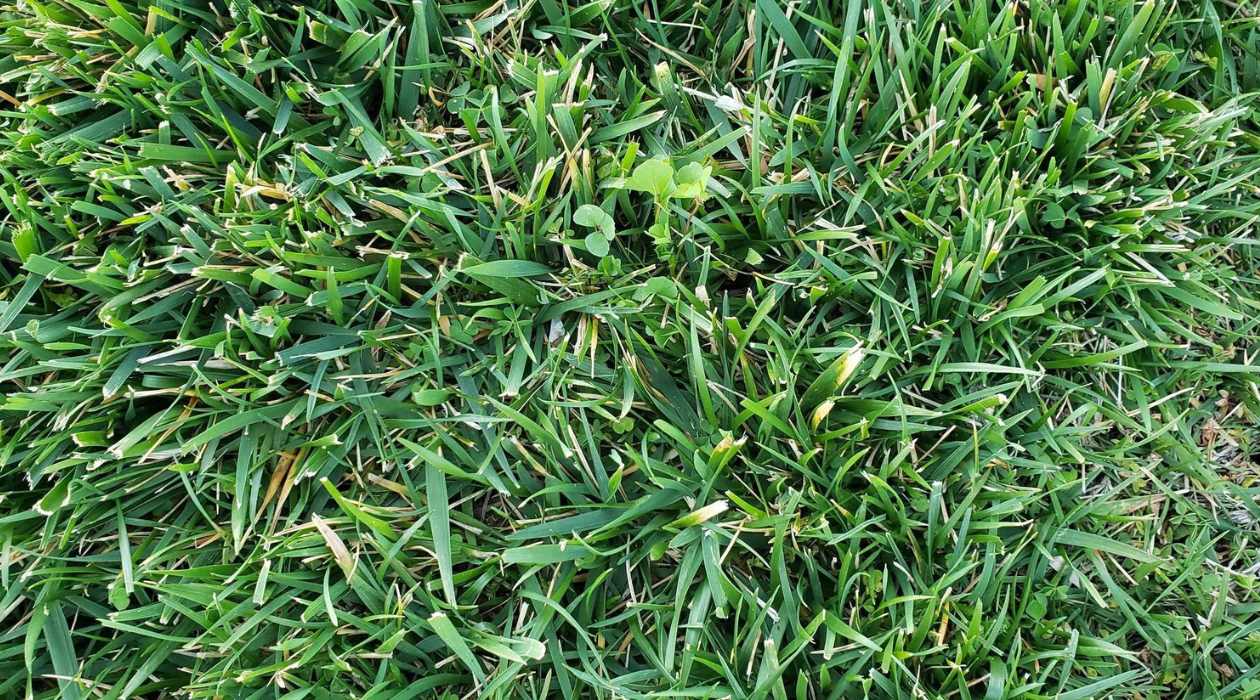

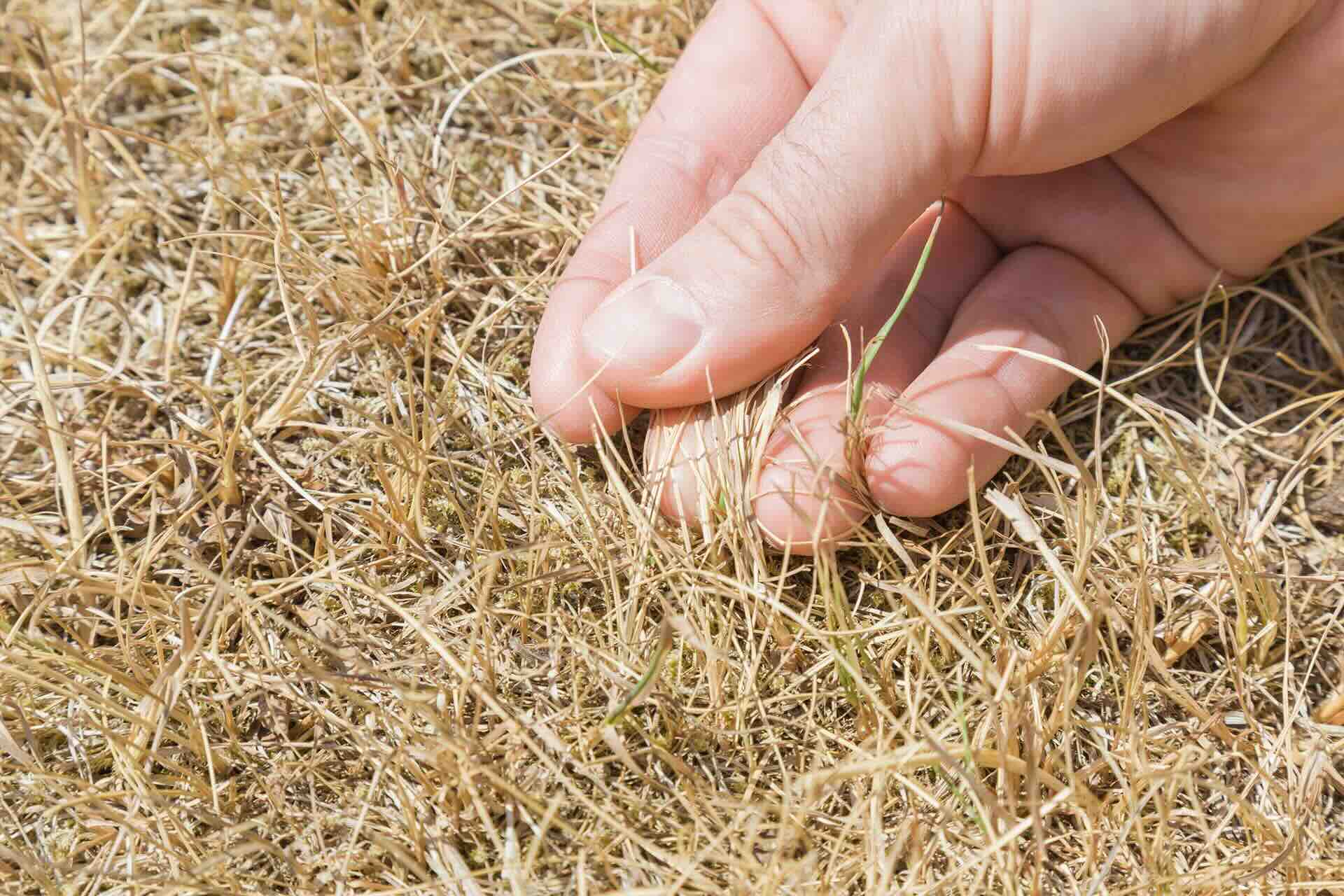
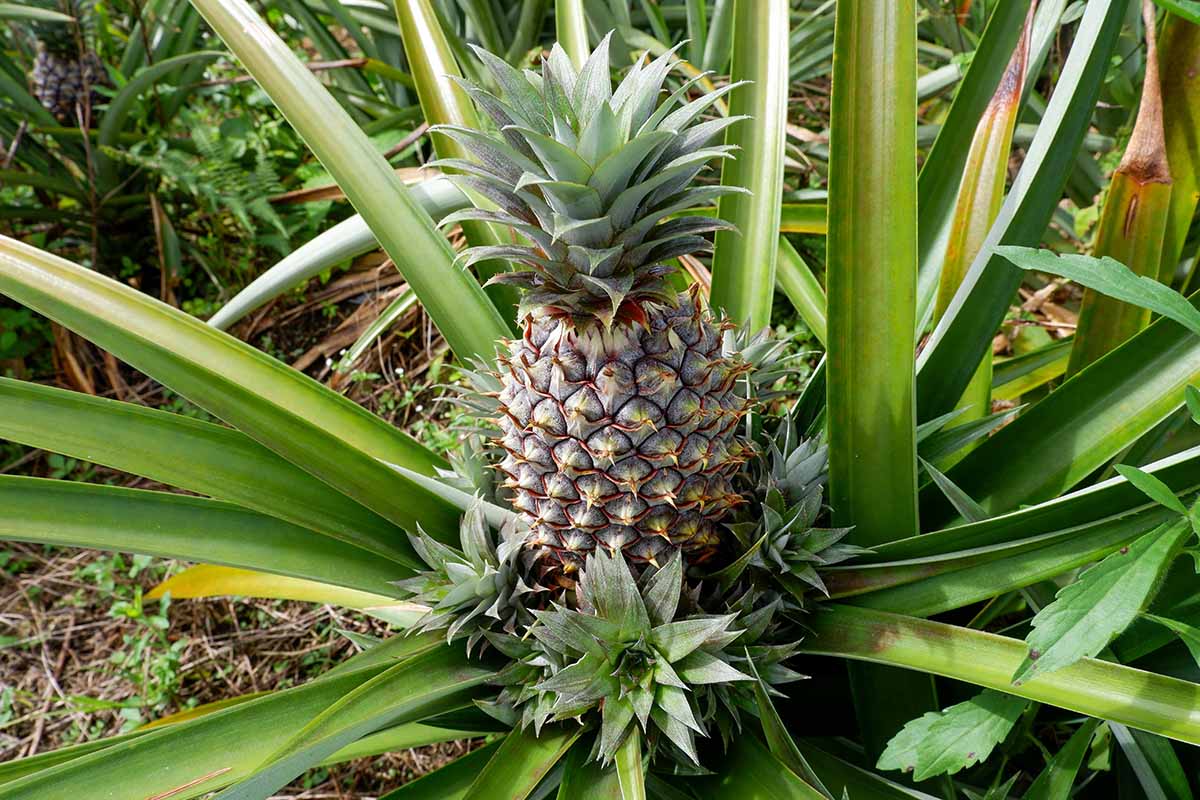

0 thoughts on “How To Keep Grass From Growing On Fence Line”